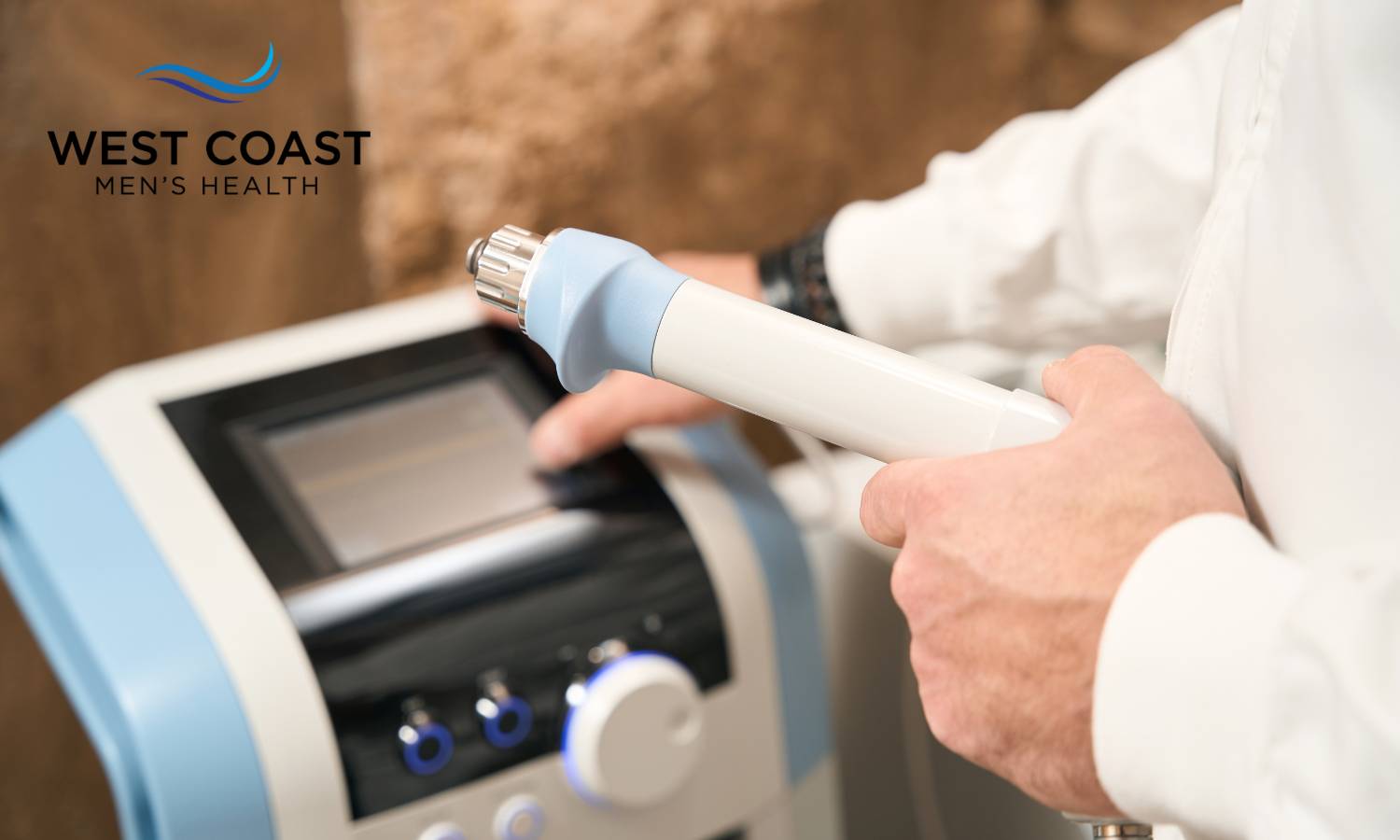
Acoustic Wave Therapy Treatment
Acoustic Wave Therapy a non-invasive and innovative medical treatment modality has gained increasing attention for its effectiveness in managing a variety of health conditions. By utilizing acoustic waves to stimulate biological tissues. This therapy offers a promising alternative for individuals seeking relief from musculoskeletal disorders, chronic pain and even certain forms of erectile dysfunction. Here we will read about the principles, applications, benefits and future prospects of Acoustic Wave Therapy Treatment providing valuable insights into its mechanisms of action and clinical efficacy.
1. Introduction to Acoustic Wave Therapy
Definition and History: Acoustic Wave Therapy also known as shockwave therapy is a non-invasive treatment method that utilizes high-energy acoustic waves to stimulate healing in various tissues of the body. Originally developed for the treatment of kidney stones in the 1980s, it has since been adapted for use in a variety of medical and therapeutic applications.
Types of Acoustic Wave Therapy: There are two main types of acoustic wave therapy: focused and radial. Focused shockwave therapy uses a concentrated beam of energy directed at a specific point, making it ideal for targeting localized issues such as tendonitis or trigger points. Radial shockwave therapy on the other hand, disperses energy over a larger area, making it suitable for treating broader conditions like cellulite or muscle pain.
2. Mechanisms of Action
Physiological Effects: Acoustic waves create microtrauma in the tissues, triggering an inflammatory response that accelerates the body natural healing processes. This increased blood flow and metabolic activity in the treated area can help break down scar tissue, reduce pain and promote tissue regeneration.
Cellular Response: At a cellular level, acoustic wave therapy has been shown to stimulate the production of growth factors which play a crucial role in tissue repair and regeneration. It also helps disrupt calcifications and improve cell membrane permeability, enhancing the overall healing response of the body.
3. Conditions Treated with Acoustic Wave Therapy
Orthopedic Conditions: Acoustic wave therapy is commonly used to treat orthopedic conditions such as plantar fasciitis, tennis elbow and rotator cuff tendinopathy. By targeting the affected soft tissue or bone it can help reduce pain, improve mobility and promote tissue healing.
Dysfunction: Acoustic wave therapy has also shown promise in treating erectile dysfunction by improving blood flow to the penis and stimulating the growth of new blood vessels. This can lead to enhanced sexual performance and overall sexual wellness in individuals experiencing ED.
4. Benefits and Efficacy
Pain Reduction: One of the key benefits of acoustic wave therapy is its ability to effectively reduce pain in various musculoskeletal conditions. By targeting the source of pain and promoting tissue repair, patients often experience significant pain relief and improved function following treatment.
Tissue Regeneration: In addition to pain reduction acoustic wave therapy has been shown to stimulate tissue regeneration in damaged or degenerated areas. This can help restore function, improve healing outcomes and potentially prevent the need for more invasive treatments such as surgery, making it a valuable option for many patients seeking non-invasive solutions.
5. Treatment Procedure and Protocols
Pre-Treatment Preparation: Before your acoustic wave therapy treatment make sure to hydrate well and avoid heavy meals. You may need to refrain from certain medications so be sure to follow your healthcare provider instructions. Wear comfy clothes because, trust me, chic but uncomfortable outfits aren’t necessary for this procedure!
Session Duration and Frequency: Each acoustic wave therapy session typically lasts around 20-30 minutes so it’s like a mini-break from your day. To achieve optimal results, treatment protocols usually involve multiple sessions spread over a few weeks. It’s like binge-watching your favorite show – only this time you’re improving your health!
6. Potential Side Effects and Considerations
Common Side Effects: You may experience some mild side effects like redness or slight discomfort during or after treatment. It’s like that post-workout soreness, except you didn’t have to break a sweat!
Contraindications: Unfortunately, not everyone can jump on the acoustic wave therapy bandwagon. If you are pregnant have certain medical conditions or are using blood-thinning medications this treatment might not be for you. But there are plenty of other self-care options to explore!
7. Comparisons with Other Therapies
Comparative Effectiveness: Compared to traditional treatments acoustic wave therapy is non-invasive and may have fewer side effects. It’s like choosing a rom-com over a horror movie – less stress and more feel-good vibes!
Clinical Considerations: While acoustic wave therapy shows promise it’s essential to consider individual factors and consult with your healthcare provider to determine the best ED treatment Chicago approach for you.
8. Future Directions and Research Opportunities
Ongoing Research Studies: Researchers are diving deep into the potential of acoustic wave therapy for various conditions like musculoskeletal disorders and wound healing. It’s like scientists are on a mission to unlock the secrets of this treatment – cue the dramatic music!
Emerging Applications: Exciting possibilities lie ahead as experts explore how acoustic wave therapy could be used in areas like aesthetics and regenerative medicine. It’s like witnessing the birth of a new superhero – who knows what powers it might unleash!




